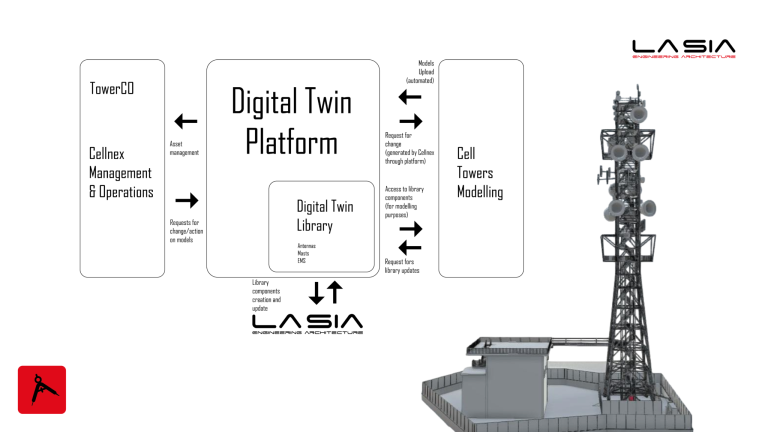Sustainable seismic design comes as an imperative in the modern era, where the safety of built structures is essential. However, the sustainable approach goes beyond merely constructing earthquake-resistant buildings; it extends to the core of our cities, involving environmental and resource conservation.
A key pillar of this design is the conscious decision to focus on seismic retrofitting of existing buildings rather than new construction. This approach not only reduces the consumption of new resources, but also the accumulation of waste from the demolition of pre-existing structures.
In this context, sustainability becomes an act of preservation: preserving not only the safety of our communities, but also the integrity of our environment. Reinforcing existing buildings is an investment in the future that avoids the waste of valuable resources and reduces the environmental impact associated with construction.
Addressing the seismic improvement of existing buildings involves a deep understanding of the specific structural characteristics and vulnerabilities of each structure. The adoption of innovative technologies, advanced materials, and targeted reinforcement techniques are critical in this process. This not only increases the seismic resistance of the building, but also helps extend its service life.
Internship experience of Vincenzo Leonetti, structural engineer from La SIA
Issues such as environmental impact mitigation and sustainability are merged and integrated with the basic principles by which La SIA SpA implements its projects. In line with this concept, the internship within the company preparatory to the completion of the second-level master’s degree in “Seismic Design of Structures for Sustainable Construction” from the F.lli Pesenti Master School-Politecnico di Milano was well received. In fact, the internship focuses on seismic upgrading and retrofitting of existing buildings, an approach that conserves resources and reduces waste accumulation. Through this pathway, the entire procedural process, which will be described below, was given, allowing the theoretical skills acquired during the academic course to be applied on real cases.
The preliminary stage of this type of intervention is seismic vulnerability verification. The starting point is the data acquired during the survey phase, from which the following are obtained: geometry; mechanical properties of the materials; applied loads; and the date of construction through which the technical regulations in use at the time can be traced and it is possible to verify whether there are any defects in setting or construction; degradation and/or significant changes from the original situation. Depending on the level of knowledge attained (LC1, LC2, LC3), related confidence factors are determined for use in safety verifications that change the capacity parameters.
All this makes it possible to determine the structural system (see Figure 1), modeled shell element (see Figure 2), or equivalent frame (see Figure 3) and its stress state (see Figure 4 and Figure 5).
The goal is to determine the extent of the actions the structure is able to support.
From the safety assessment, building deficiencies are determined, which can be global (press-flexion, shear, etc.) as well as local. In this regard, a check of local kinematics is performed (see Figure 6)
Which can be:
– Simple tilting mechanism;
– Vertical bending mechanism;
– Horizontal bending mechanism.
The deficits of the structure under seismic action can also affect secondary elements such as the overturning of partitions, the collapse of these elements is a very dangerous phenomenon, as it can cause not only problems of habitability but also the loss of life.
From the analysis of the deficiencies found in the seismic vulnerability check, interventions to restore these critical issues are determined; the following interventions were used for the cases treated:
– Rigid diaphragm construction by consolidating the existing floors, this type of intervention allows the creation of a rigid plane at the levels of the structure ensuring a box-like behavior of the building, which can be inferred from a regularization of the building’s vibration modes (see Figure 7, Figure 8, and Figure 9);
– Injection of binder mixtures in order to ensure improved mechanical properties and strength of the mixtures;
– Application of reinforced plaster to all masonry constituent of the structure in order to ensure an improvement in the mechanical properties and strength of the structure;
– Presidio anti-tilting of partitions.
Therefore, the designed interventions will enable the structure to support the actions with the minimum safety level required by current regulations (see Figure 10).
Conclusions
Sustainable seismic design is not only a matter of safety, but also of wisdom in the use of resources. In an age when environmental awareness is essential, this approach represents a choice that combines structural safety and ecological responsibility. Sustainability, then, becomes a pivotal element in creating built environments that meet present needs without compromising the well-being of future generations.














